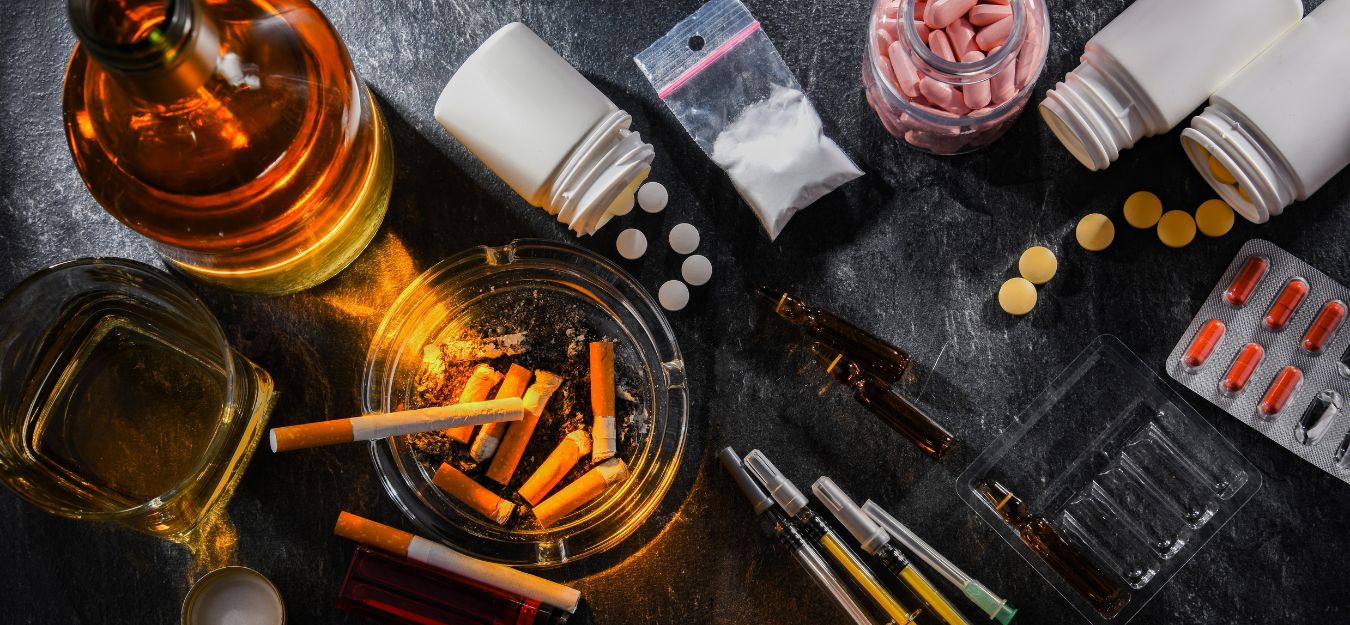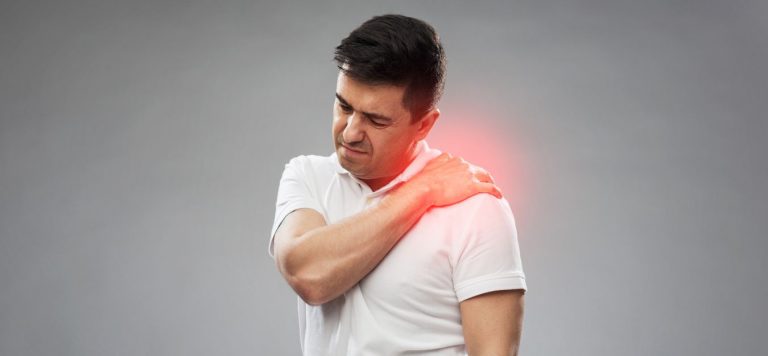Treatments for Opioid Addiction
Various treatments are available for opioid addiction, like BRIXADI, a medication used to treat opioid use disorder by helping reduce cravings and withdrawal symptoms.
Brixadi (buprenorphine)
Brixadi (buprenorphine) is an extended-release injectable form of buprenorphine that can be administered weekly or monthly, depending on a patient’s needs. Brixadi was approved by the FDA as a treatment option that allows patients struggling with opioid addiction to manage cravings and withdrawal symptoms over a longer period, providing consistent support with fewer required doses.
Medical Detox
A medical detox is the first step in treating opioid use disorder. Essentially, it helps individuals safely manage withdrawal symptoms under professional supervision.
Withdrawal from opioids can be physically and emotionally challenging, with symptoms that may include nausea, anxiety and intense cravings. In a medical detox setting, healthcare providers may use medications and therapeutic support to reduce discomfort and lower the risk of relapse. This process paves the way for further treatment, establishing a foundation for lasting recovery.
Inpatient or Outpatient Programs
Inpatient programs involve a set timeframe in a center or facility to properly recover from an opioid addiction. This program involves a structured, 24/7, supervised environment where individuals receive comprehensive care, including medical support, counseling and behavioral therapies. It may also include nutrition planning, exercise, mindfulness training and education on relapse prevention to build coping skills.
Outpatient programs offer a more accessible and flexible option. They allow people to go about their daily obligations with support in hours that work within their lifestyle. For instance, a person can attend work and then undergo outpatient programming during their off-hours. It involves a similar approach as inpatient programs but is, ultimately, slightly less intensive. At the same time, it could be more effective as it allows an individual to integrate into their daily life during recovery.
Opioid Use Overdose
If a person overdoses, naloxone is used as an emergency aid to flush the narcotic from the brain’s receptors. While it doesn’t address the overall opioid use disorder, this can be a life-saving option. An overdose incident may also be the wake-up call someone needs to seek out proper help.
What Makes Opioids Addictive?
Anyone who uses opioids is at risk of developing an addiction. However, not everyone who uses opioids will abuse or misuse them.
Most often, an individual’s personal history and the length of time they take opioids will play major roles in whether or not they develop an opioid addiction. So, why are opioids so addictive?
The initial use of opioids frequently comes from prescribed medical use (although it can come from recreational introduction). Opioids are commonly prescribed for:
- Post-surgery.
- Trauma or injuries.
- Chronic pain conditions (such as arthritis).
While many doctors caution against prescribing them, they can make severe pain situations much more comfortable. Opioids treat pain by binding to specific receptors in the brain and spinal cord. This binding blocks pain signals and alters the perception of pain. As a result, it reduces the sensation of discomfort and produces feelings of relaxation and, sometimes, euphoria.
Opioids trigger those feel-good chemicals called endorphins. This is why they feel good when you take them and why so many people return to these drugs. However, over time, it’s possible to build up a tolerance. This means more of the drug is necessary to produce the same sense of well-being and euphoria.
Opioid Addiction: What are the Signs?
An opioid use disorder is characterized by various symptoms, including:
Physical dependency: This refers to the physiological change that happens when using opioids. Someone can become physically dependent on these drugs; this means they have withdrawal symptoms when they stop taking them.
Increasing unhealthy and risky use: Despite problems with relationships, finances, safety and more, a person may continue to use opioids.
Cravings: This refers to the overwhelming urge to use opioids despite any repercussions otherwise.
Other obvious signs include:
- Weight loss.
- Drowsiness.
- Sleep changes.
- Flu-like symptoms.
- Reduced libido.
- Social isolation.
- Stealing from loved ones.
- Increasing financial difficulties.
Understanding Opioid Addiction
Opioid addiction is becoming a global epidemic, with over 16 million people worldwide struggling with an opioid use disorder. On top of this, between 70-80% of overdose deaths are linked to opioid use.
Opioid addiction can be devastating—impacting not just the individual but also their family and loved ones. It can sever relationships, interfere with daily obligations and one’s career and inevitably affect an individual’s physical and mental health in various ways. However, there is hope.
If you’re concerned about a loved one, it’s possible that when you bring it up with them, they may deny it altogether. Many resist help for a long time before they are willing to admit a problem and admit they need help. And unfortunately, for recovery to be successful, a person often has to be willing and committed.
Read on to learn about some treatments for lupus joint pain.

